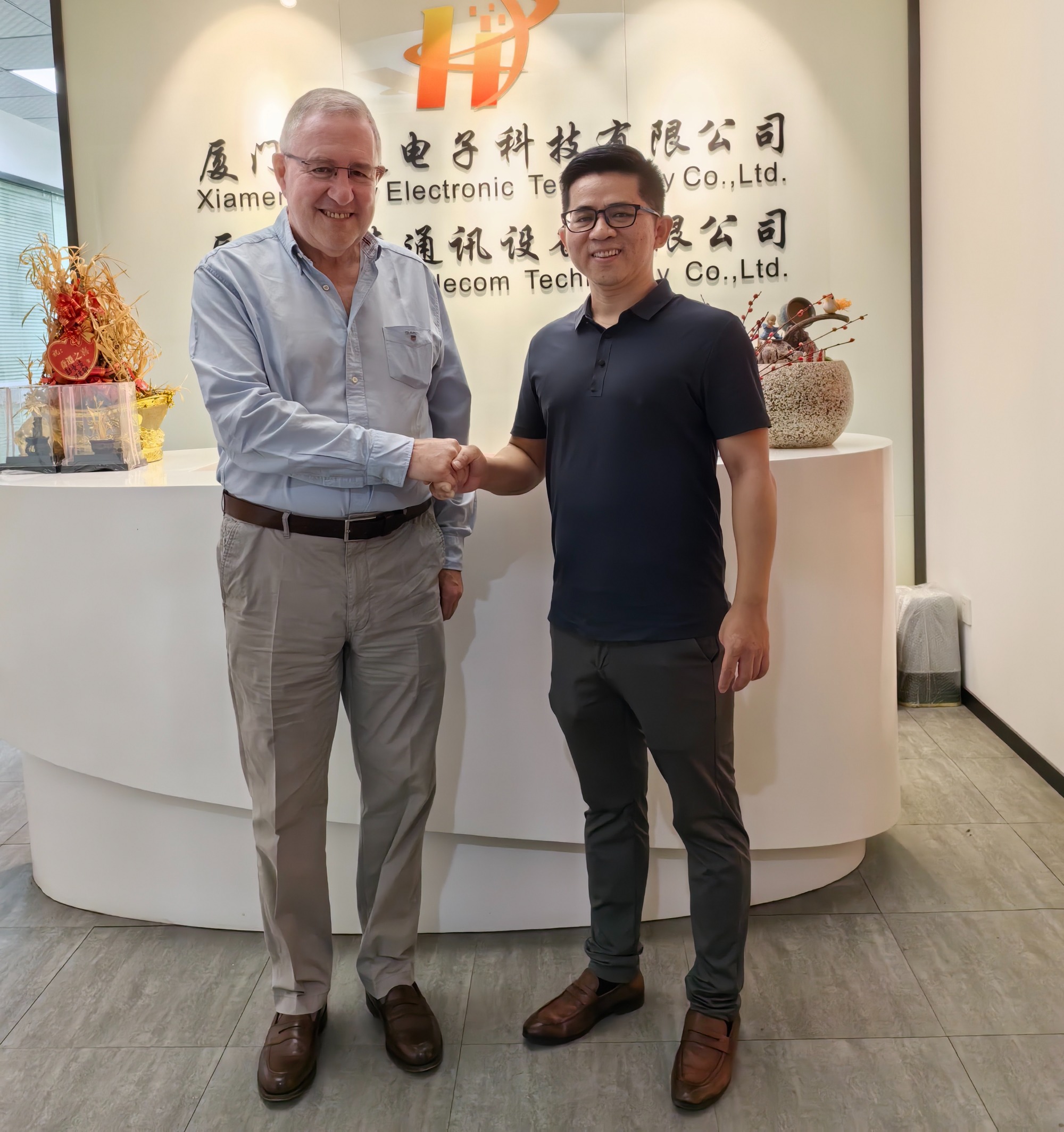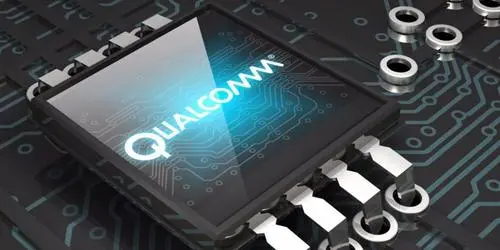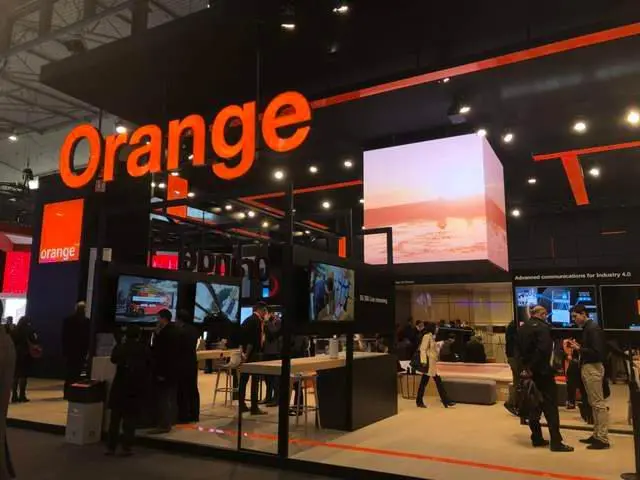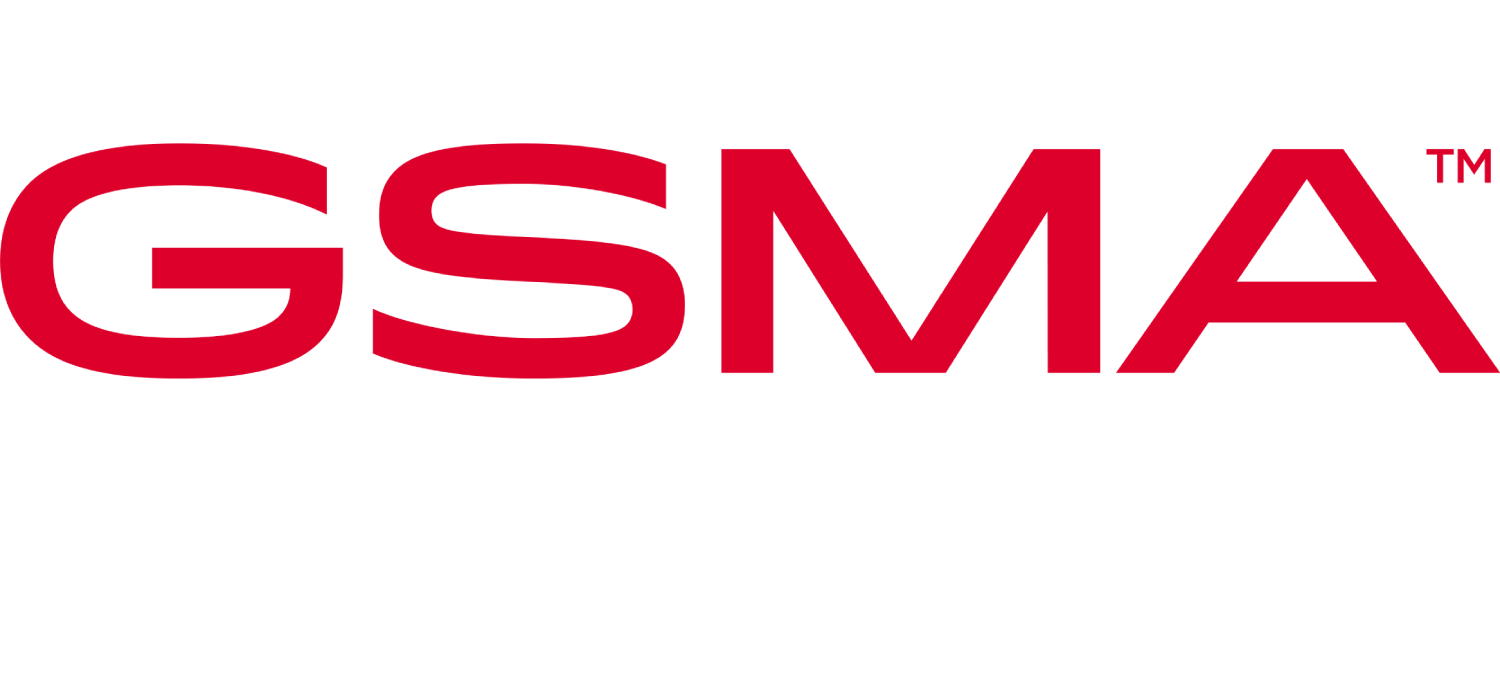Not long ago, MWC 2023 was hosted in Barcelona. In this annual communication industry indicator, all circles of life are greatly concerned about the latest trend of global operators. However, different from the past, during MWC 2023, I found that people not only pay attention to the upgrading of communication technology and network construction of operators, but also pay attention to the energy reform of operators.
The theme of this year's MWC is "Velocity- -Unleashing Tomorrow's Technology-Today". Green and low-carbon energy variations, for the global operators is just so, in the middle of the note.
Let's review the proposition that "operators have identity change in the energy sector" proposed during MWC 2023. Behind this change, is the magnificent transformation of the operator, is a dance of The Times.
The energy upgrading of the operators is inevitable
Why do operators have to face and solve their energy problems? We can answer this question from multiple perspectives.
First of all, in the 5G era, energy consumption is becoming a heavy burden for operators, or even one of the biggest burdens. According to the data released by a domestic operator, the average power consumption of a single tenant of a 5G outdoor base station is 3.8KW, more than three times that of 4G base stations, and the annual comprehensive electricity bill of a single 5G base station will exceed 20,000 yuan. While a single base station consumes more energy, operators will have to face a larger scale than ever before. The density of 5G base stations is much larger than that of 4G base stations, so it is expected that by 2026, the global 5G base stations will reach 8 million, and the energy costs faced by operators will naturally increase significantly in the 5G era.
In addition, the global general rise in energy prices has also increased the energy burden on operators. The mission and trend of carbon neutrality also lead operators to actively take carbon neutral actions to reduce their energy costs and carbon emissions.
Instead, operators will inevitably need to complete their energy upgrades. To this end, Huawei proposes that operators should shift from their past energy consumers to energy consumers + producers + enablers.
A road to save energy as a energy consumer
For operators, the first need to reduce the energy consumption of mobile network, so that the comprehensive cost continues to optimize. Therefore, a series of development and optimization are also needed in the identity of operator energy consumers. In this process, operators need to continue to meet their energy conservation and emission reduction targets, reducing energy costs and carbon emissions. Energy conservation and emission reduction at the level of energy consumers is the basis of the overall energy upgrading of operators.
Traditionally, mobile sites require special rooms and install cooling facilities such as air conditioners, which not only bring huge energy costs, but also bring carbon emissions in construction, operations. To address this, Huawei is helping operators change the shape of their site, upgrading from indoor to cabinet stations, thus increasing the site efficiency from 60% to 90% to 97% higher.
"Room turn into cabinet while cabinet turn into pole", promote the minimalist evolution of the station form, so that the site hanging pole can be installed, from the land cover, construction, heat dissipation and other aspects to reduce the energy cost of the station. The 12kW of Huawei blade power supply covers an area from 1 ㎡ of the cabinet station to 0 ㎡, and the project deployment period decreases from 1 week in the cabinet station to 2 hours. It adopts natural heat dissipation and no temperature control energy loss, helping operators to reduce energy consumption to the maximum.
Opportunities as a energy producer in this era
We can all understand that operators need to consume a lot of energy to ensure the day-to-day operation of the network. But perhaps many people don't think that operators can not only consume energy, but also produce energy.
In fact, the operators have a large number of sites. These sites, which are widely distributed in large areas, are themselves natural solar power bases. With the help of digital energy technology, operators can use technologies such as smart photovoltaic and combine resources such as sites to produce energy. Using the station + smart photovoltaic station stack scheme, operators can support the operation of the base station through the station power generation, so as to achieve low carbon, even zero carbon stations. The value of this, in addition to increasing the proportion of green electricity in the site energy, can also put the excess energy into the commercial market to achieve profit acquisition.
Becoming an energy producer is a new opportunity for operators in the two-carbon era. Facing this opportunity, Huawei developed the iSolar 2.0 solution, using high-voltage series architecture and four-fold light blades to simplify the site, saving the installation project by 15%; photovoltaic optimizer reduces shielding and increases the power generation by 20%; and superposition light storage collaborative intelligent algorithm can achieve the solar power generation utilization rate up to 100%.
Energy is not only produced, but also stored. Huawei’ s 200Ah (5U) circulating intelligent lithium battery has a capacity of 50% higher than the previous generation of products, which can be said to lead the evolution of site energy storage technology. Combining energy storage with photovoltaic and station, we can truly be self-sufficient, usable and reserved.
Minimalist installation, efficient power generation, efficient energy generation site upgrade scheme, so that operators as energy producers is no longer a dream.
Responsibility energy enabler should take
In the double-carbon era, green energy represented by photovoltaic and wind energy is rising. However, the characteristics of distributed green energy and high volatility have brought a huge impact to the power grid. How to adjust the peaks and troughs between new energy and the grid, so that new energy is effectively incorporated into the grid, is a common problem faced by all countries around the world.
Virtual power plant technology to integrates distributed energy systems into the grid is an effective solution to this problem. If the operator widely realizes the site overlapping light, it can integrate its own "site grid" into the whole grid and become the regulator of new energy into the grid. It also means that operators have gained a new identity beyond energy producers: energy enablers.
Today, operators can participate in the grid through VPP, the virtual power plant virtual power plant. Huawei Digital energy can help the operator network to become the regulator and fit of the power grid. Operators can adopt more advanced digital technology to turn the whole power grid into a smart power grid, so as to realize the stability of the entire network supply. This scheme can not only enable operators to more effectively control and operate their own energy systems, but also enable operators to become a key boost in the construction of new energy system and the realization of dual-carbon goals, assuming the responsibilities in the ESG field.
At present, more and more operators have chosen to cooperate with Huawei in the energy field of change and progress. Cellnex, Europe's largest mobile phone tower operator, hopes to be 100% renewable by 2030. It works with Huawei to explore end-to-end solutions to reduce site carbon emissions. In the fields of indoor cabinets and outdoor cabinets and station lighting, Cellnex has deeply cooperated with Huawei to reduce energy use and carbon emissions by 70% at specific locations.
Facing the future, global operators will undergo a magnificent transformation in the energy sector. Huawei Digital energy, will comprehensively optimize the site energy efficiency (SEE), site carbon emission (EF) and site OPEX three indicators, help operators to build green sites, accelerate the realization of network carbon neutrality.
For operators, energy will no longer be just consumables, but an opportunity of The Times, the responsibility of development, and the guarantee of the future.
 The CEO from UK IoT Connectivity Company Visit Xiamen Honlly for Industrial Router/Mini PC/5G Router Business
The CEO from UK IoT Connectivity Company Visit Xiamen Honlly for Industrial Router/Mini PC/5G Router Business
 Mobile phone routers are prices? WiFi chip prices have quadrupled.
Mobile phone routers are prices? WiFi chip prices have quadrupled.
 Africa Launch the first 5G network
Africa Launch the first 5G network
 5G Momentum: Benefits and Opportunity of 5G-Advanced
5G Momentum: Benefits and Opportunity of 5G-Advanced